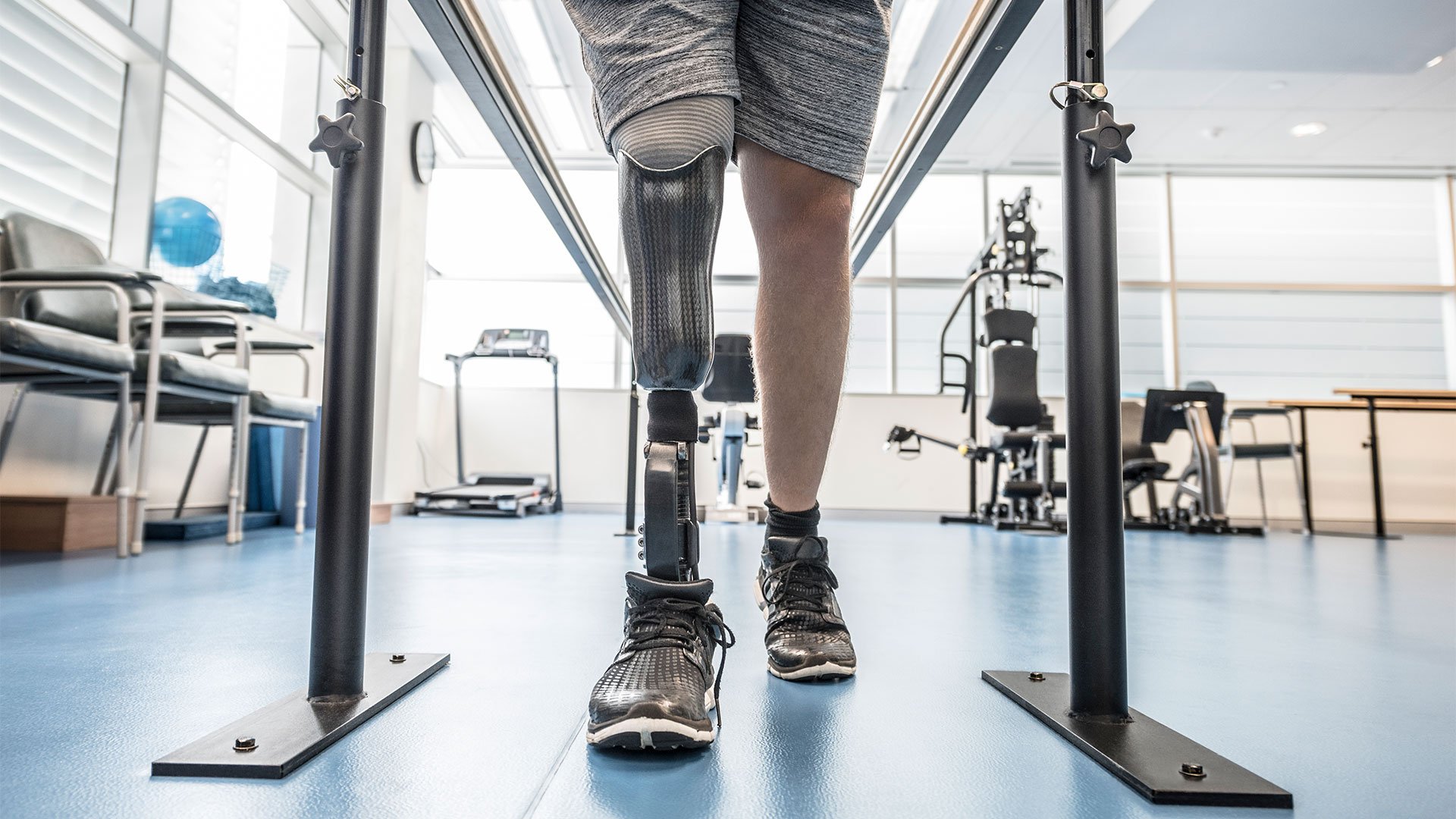Adaptive Fitness for Amputees: A Complete Guide to Lower Limb Exercise Routines
Living with a lower limb amputation presents unique challenges, particularly when it comes to maintaining an active lifestyle. With over 2.1 million people in the U.S. living with an amputation, it's crucial to have accessible, tailored exercise routines. This guide aims to provide clear, step-by-step instructions for effective exercises specifically designed for those with lower limb amputations.
Below Knee Amputation (BKA) Vs. Above Knee Amputation (AKA)
Understanding the differences between below knee amputation (BKA) and above knee amputation (AKA) is essential in adapting exercises for safety and effectiveness. In below knee Amputation (BKA), the absence of the ankle joint changes how an athlete can perform lunging and squatting, as these movements typically rely on ankle flexibility and strength. Similarly, for above knee Amputation (AKA), the primary focus shifts to the knee and hip joints. Understanding these joints' roles and how to modify exercises accordingly is vital for effective and safe workouts.
Discover more about adaptive fitness programs at The AAIM Program.
Exercise Adaptations for Below Knee Amputation (BKA) Athletes
For individuals with below knee amputation (BKA), it's important to adapt exercises to compensate for the lack of ankle joints. This means modifying traditional exercises to ensure safety, balance, and effectiveness.
Staggered Stance Squats
This exercise helps strengthen the lower body while accommodating the absence of the ankle joint in BKA athletes.
Stand with your prosthetic leg slightly ahead of your natural leg.
Slowly bend your knees, keeping your back straight, to enter a squat.
Aim for a comfortable depth, ensuring balance.
Rise back up to the starting position. Repeat for 10-15 repetitions.
Step-Ups Using a Box
This exercise focuses on building leg strength and balance, which is crucial for BKA athletes.
Place a sturdy box or elevated surface in front of you.
Step up onto the box with your natural leg first, followed by the prosthetic leg.
Step back down in the reverse order.
Use a pole or stable object for balance if needed. Repeat 10-15 times on each leg.
Exercise Adaptations for Above Knee Amputation (AKA) Athletes
For individuals with above knee amputation (AKA), it's crucial to adapt exercises to focus on the knee and hip joints, ensuring that these exercises are safe and effective.
Box Squats
This variation of squats is particularly beneficial for AKA athletes, helping in building strength in the hips and thighs.
Position a box or chair behind you.
Stand with feet shoulder-width apart.
Slowly lower yourself until your backside touches the box.
Use your legs and hips to rise back to a standing position. Perform 10-15 squats.
Elevated Step-Ups
This exercise is adapted for AKA athletes to focus on building strength and balance in the leg muscles.
Use two elevated surfaces, one higher for the natural leg and a lower one for the prosthetic side.
Step up onto the higher surface with your natural leg, then bring up the prosthetic leg.
Step down in reverse order, starting with the prosthetic leg.
Perform this exercise for 10-15 repetitions per side.
Strengthening the Hip Joint
Regardless of the amputation level, focusing on hip strength is crucial for lower limb amputees. Strengthening this area is key to maintaining balance and mobility.
Romanian Deadlifts
This exercise targets the back of the legs and hips, which are crucial areas for lower limb amputees to strengthen.
Hold a barbell or dumbbell in front of your thighs.
Hinge at your hips, keeping your back straight, and lower the weights towards the ground.
Return to the starting position. Aim for 3 sets of 10-12 repetitions.
Hip/Glute Bridges
This exercise effectively strengthens the hip and glute muscles, which are vital for maintaining amputees' stability and balance.
Lie on your back with your knees bent and feet flat on the floor.
Push through your heels to lift your hips towards the ceiling.
Hold for a second at the top, then slowly lower. Perform 3 sets of 12-15 repetitions.
FAQ Section
Q: How can I ensure I'm performing these exercises correctly?
A: Start with lower intensity and focus on your form. Consult with a fitness professional experienced in adaptive exercises for personalized guidance.
Q: What if I find certain exercises too challenging?
A: Modify the exercise to your comfort level or try alternative exercises that target the same muscle groups.
Q: How often should I exercise?
A: Aim for a routine of 3-5 times a week, gradually increasing intensity and duration based on your comfort and ability.
Conclusion
Adapting to life with a lower limb amputation doesn't mean giving up on fitness. You can maintain strength, balance, and mobility with these tailored exercises. For more guidance and support, reach out to Bloc Life.



